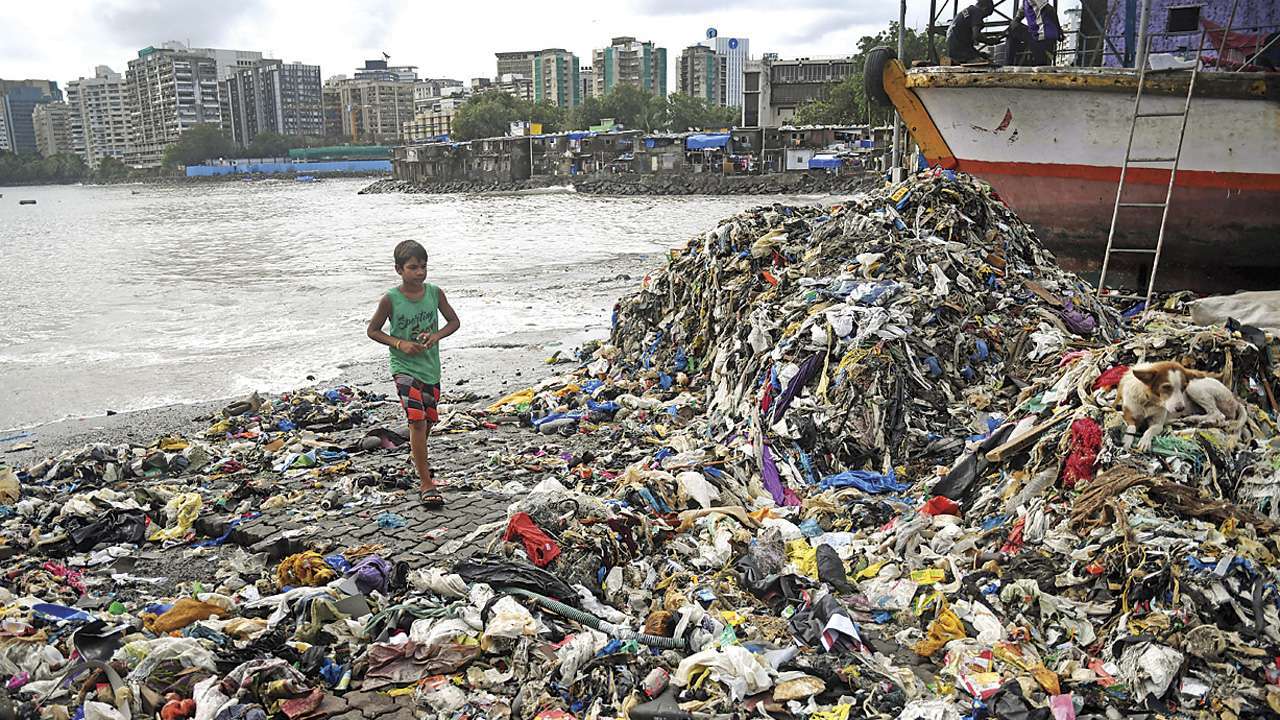
From below, the high cross-stitch of fir branches rippling into enmossed trunks appears as the weft and warp of a fabric seen under a microscope. The pattern is so enthralling you want to walk with your eyes peeled skyward, at a cost to your neck and possibly your safety. The predicament of a Himalayan trek up to the foot of the Khangchendzonga is, you run the risk of stumbling into a gorge if you don’t tread carefully.
And there, in the middle of this sterling unpeopled paradise that has been espied by only so many pairs of eyes, borne upward in the unalloyed mountain air, flimsy and practically uninhabitable at 4,200 metres, you find, respiring, mankind’s everlasting legacy — a blasé below-50-micron plastic bag swirling up from the exotic woods.
The heart sinks a little. But plastic has sunk lower, right up to the fringes of human exploration. Last week, Victor Vescovo, a businessman-turned undersea explorer, dove to the deepest spot known to man, a crevice in the western Pacific Ocean known as the Mariana Trench, and came upon a plastic bag and some sweet wrappers. Vescovo had descended 11 kilometres under the waves, where only a handful had been before him including, of course, Titanic director James Cameron. And there he found the sheer monster which refuses to decompose. (Though you wouldn’t find one in a grocery store in Mumbai, which is sensible.)
The diver achieved the coup in a submersible built to withstand the immense pressure of the deep, charting virgin territory inhabited by otherworldly creatures to shatter records. And the story of his incredible stunt was smothered by some familiar flimsy rubbish, first introduced in the US supermarkets in the late seventies.
They probably did not know it would be a thousand years before the first handy little bag made of petroleum, natural gas and chemicals would crumble, until then degrading only into smaller toxic bits of itself, bleeding into the sea and the bellies of astoundingly large mammals. Plastic waste is so enduring, significant and strong-willed it could be a sovereign state. There is, as it turns out, an island of garbage twice the size of the US state of Texas that is floating doggedly in the ocean. It is called The Great Pacific Garbage Patch. Maybe it should get its own flag.
A website called theworldcounts.com has a counter for the number of plastic bags the world produces in a year. It runs so fast it is not possible to reproduce a figure here that will be precise even if it were to be updated by the second. But this much can be conveyed: the number, the last few digits of which blur in a ticking frenzy, is 13 digits long. The site explains that means 16,000 bags are created per second. To attenuate the horror, I should touch on the steps governments and the well-established abstraction called “socially responsible corporates” are taking to “fight the menace”, as they like to call their hopeless half-hearted attempts. But reports have revealed how the big fry bluff in the name of recycling the immortal waste they have birthed and we have reared.
From torturous treks up the world’s highest peaks to fissures running in the most profound places on earth, plastic has burrowed a home for itself. The end of the world won’t be in fire or ice, but through suffocation by the bag.